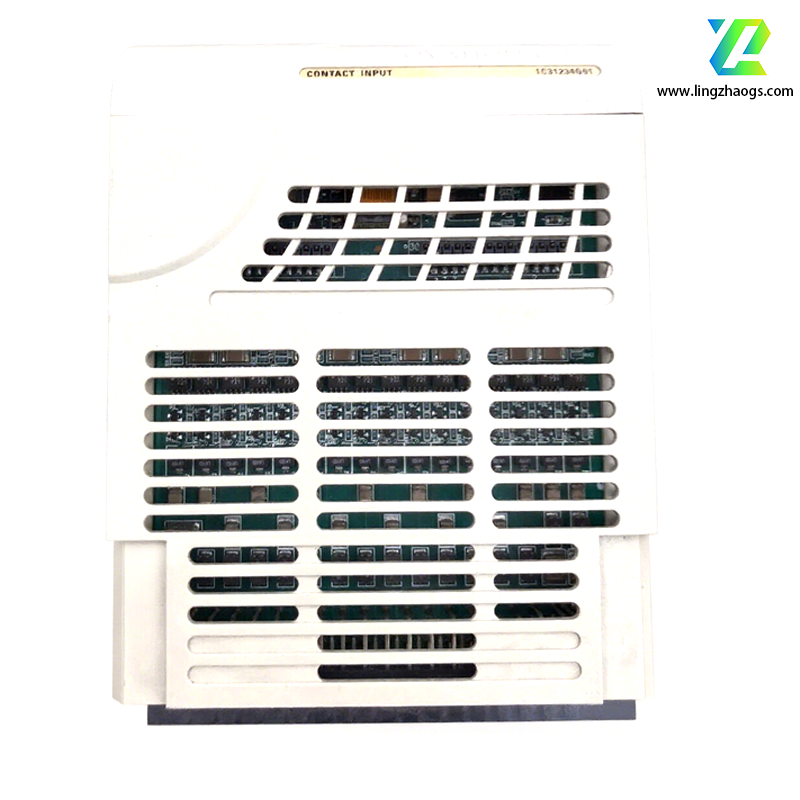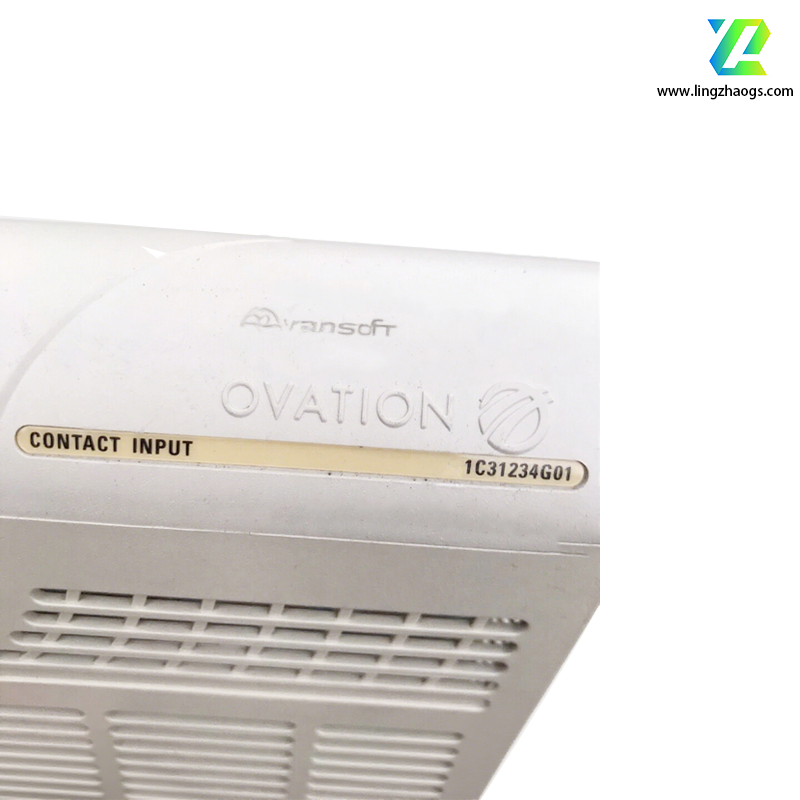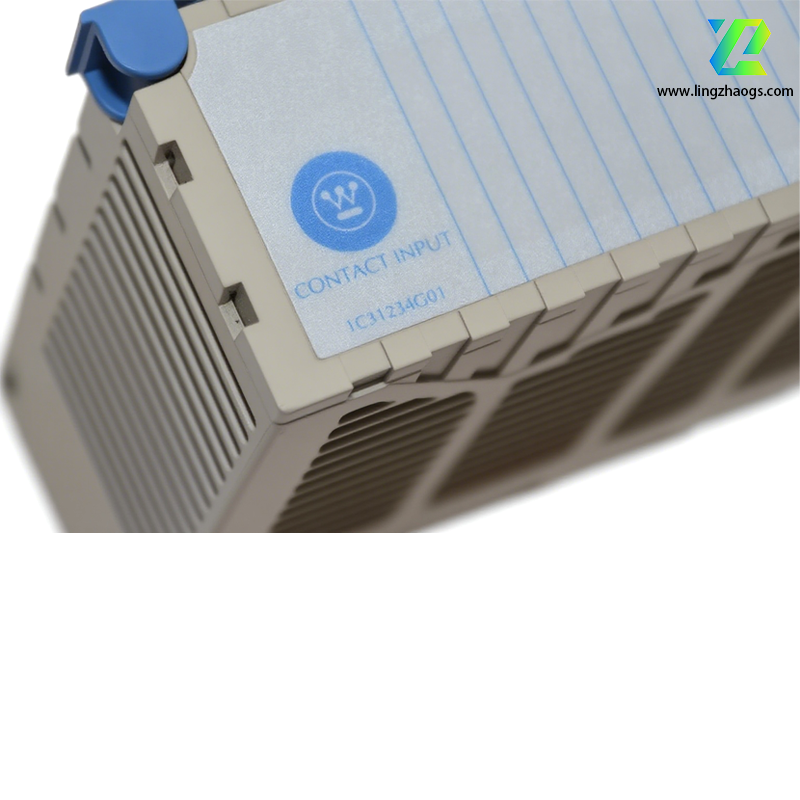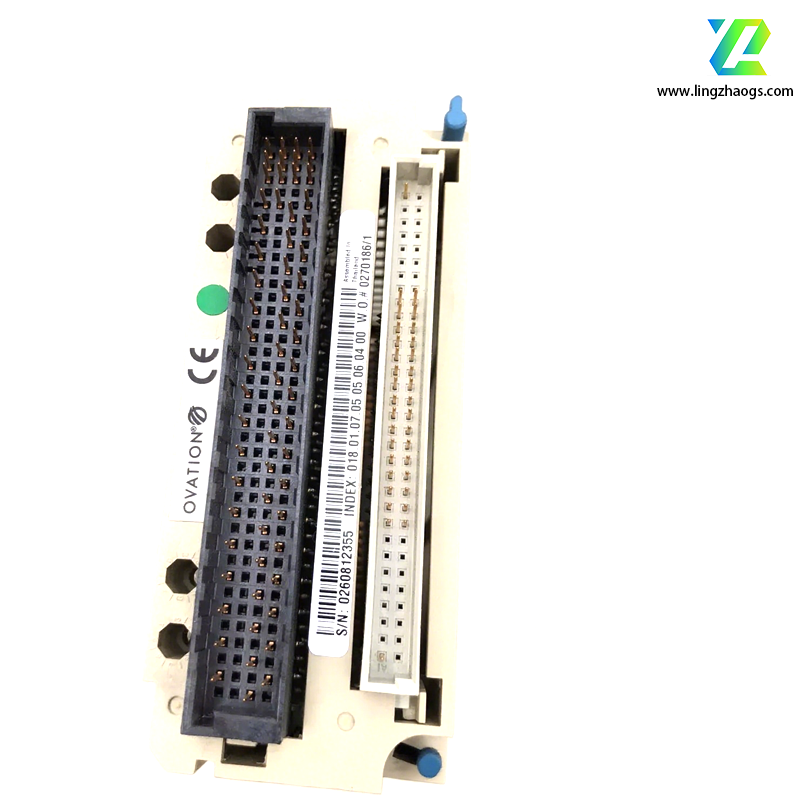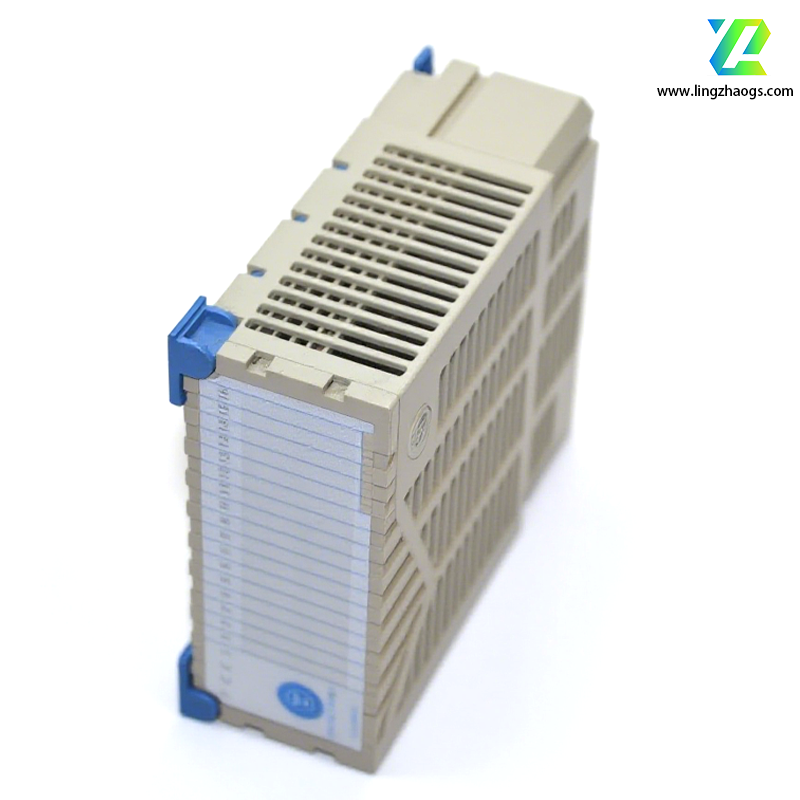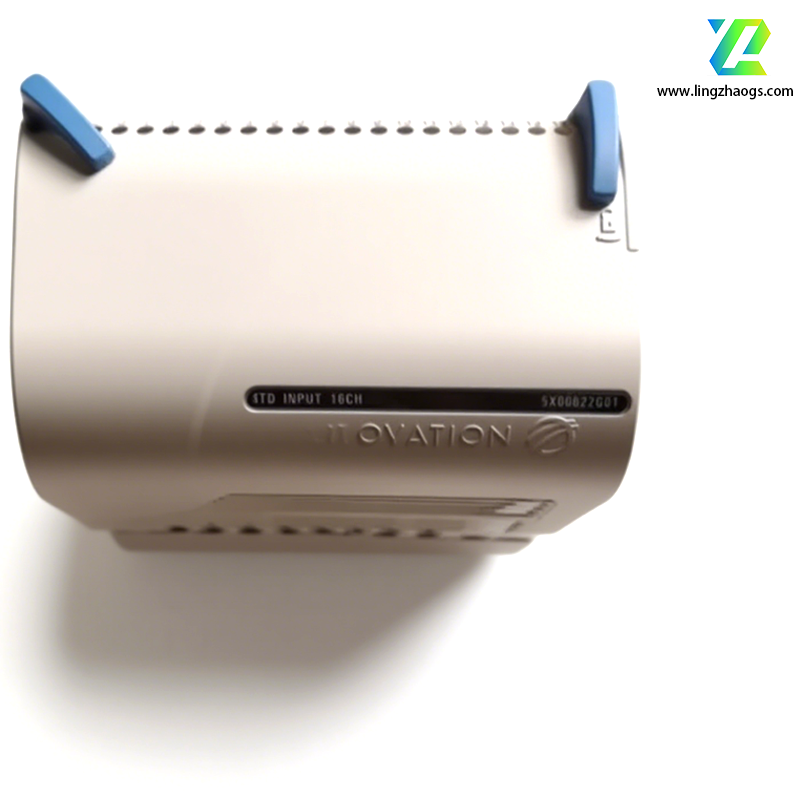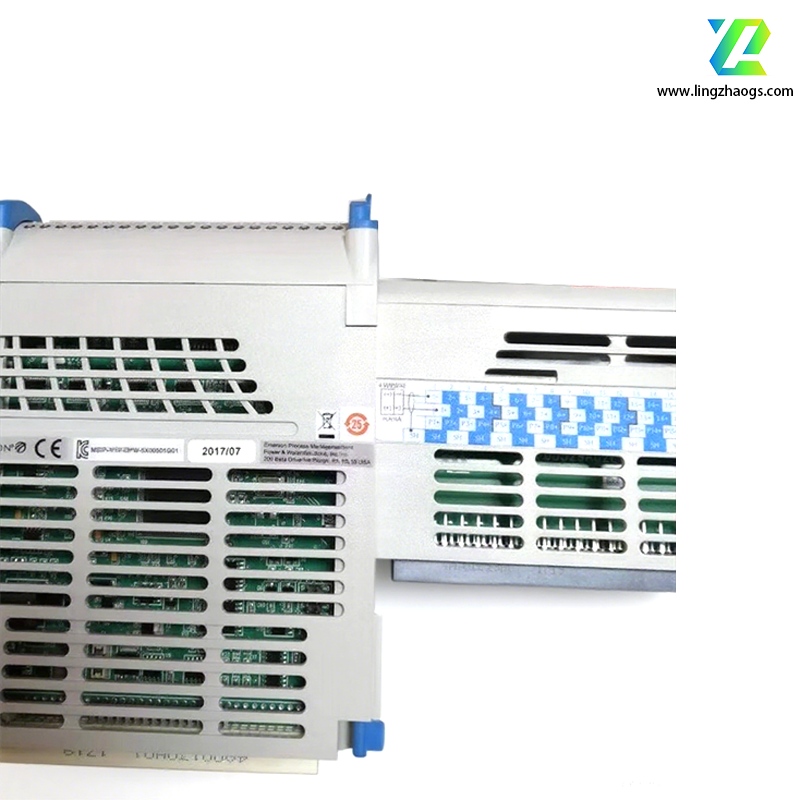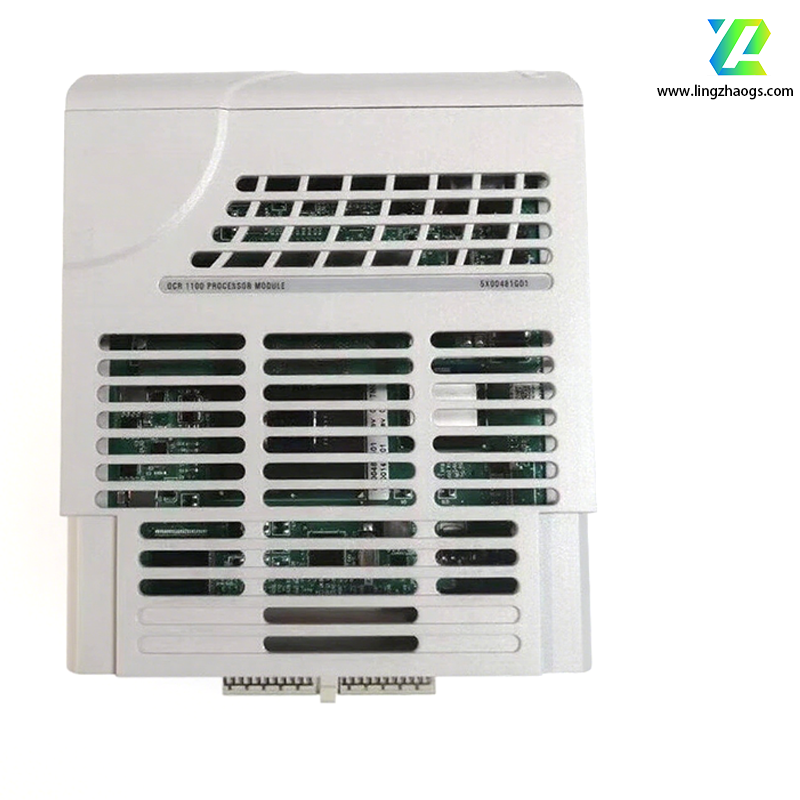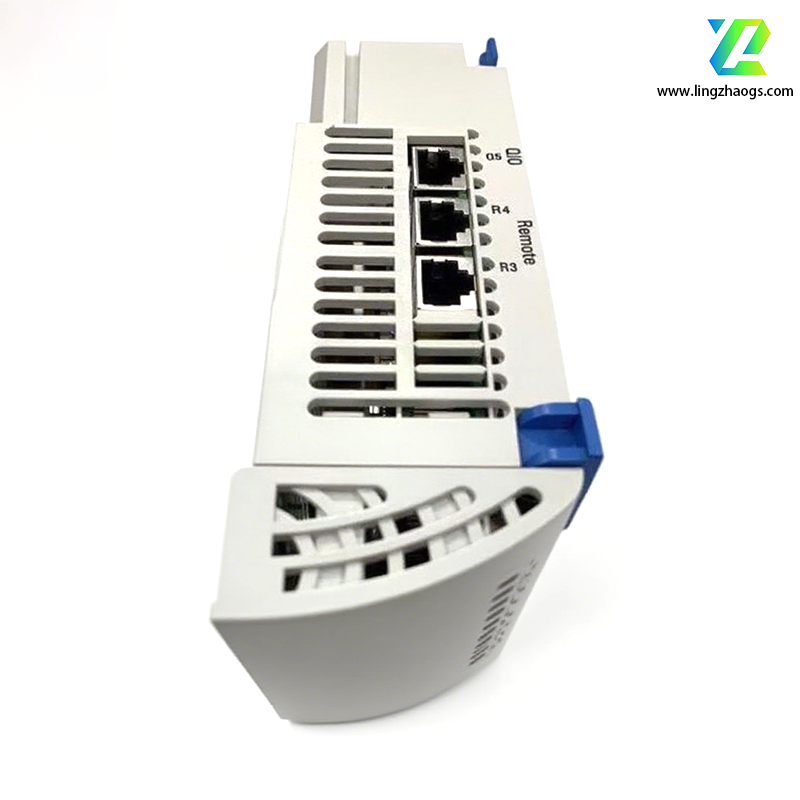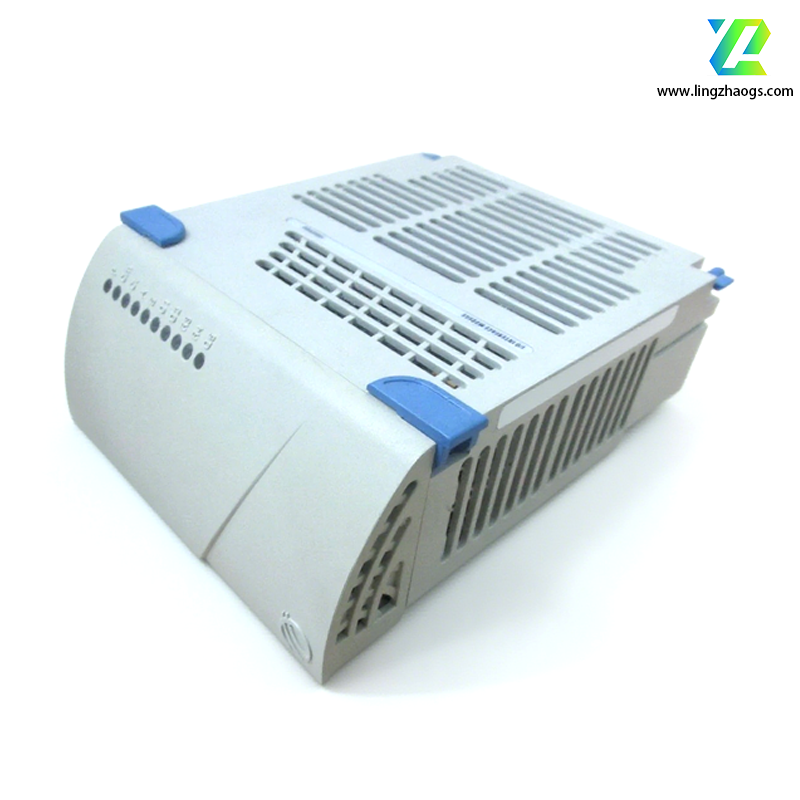The Westinghouse 1C31234G01 is a 16-channel Compact Contact Input Module designed for Emerson’s Ovation Distributed Control System (DCS), optimized for industrial automation and process control. Below is a detailed technical overview based on available specifications and application data:
- Brand & Model: Westinghouse (Emerson) 1C31234G01
- Type: Digital Input Module (Dry Contact Closure Detection)
- System Compatibility: Emerson Ovation DCS
- Certifications: CE, UL (compliant with industrial safety standards)
- Version: Part of the Ovation E-MOD series with onboard 48V DC auxiliary power for contact wetting.
- Channels: 16 optically isolated dry contact inputs with a common return.
- Input Voltage:
- Nominal: 48V DC (onboard auxiliary power supply, 42–55V DC range).
- Logic Voltage: 10V DC (activates opto-isolators when contacts close).
- Contact Rating:
- Closed Contact Current: 4–8 mA (minimum/maximum).
- Bounce Rejection: Built-in filtering to eliminate transient noise (≥7 ms contact stability required for state change detection).
- Propagation Delay: ≤7 ms (fast response for real-time monitoring).
- Isolation: 1,000V AC/DC between channels and logic circuits.
- Diagnostics:
- Internal fault detection (e.g., module hardware failures).
- Ground fault detection (monitors for <5 kΩ impedance to earth).
- Module Power: 4.56–4.75W (derived from Ovation system’s 24V DC auxiliary power).
- Onboard Wetting Supply: 48V DC for open-contact excitation.
- Dimensions:
- Standard: 11.8 cm (W) × 2.8 cm (H) × 9.3 cm (D).
- Alternative Source: 190 mm (W) × 86 mm (H) × 30 mm (D).
- Weight: ~0.33–0.5 kg (lightweight for compact installations).
- Mounting: DIN-rail or panel-mounted with a cavity insert (1C31238H01) for wiring labels (no personality module required).
- Operating Temperature:
- Standard: 0°C to 60°C (32°F to 140°F).
- Extended Range: -40°C to 70°C (-40°F to 158°F) (check module variant).
- Storage Temperature: -40°C to 85°C (-40°F to 185°F).
- Humidity: 0–95% RH (non-condensing).
- Shock/Vibration Resistance: Compliant with IEC 60068-2-6 (vibration) and IEC 60068-2-27 (shock).
- Power (P): Green LED confirms module power supply is active.
- Communication (C): Green LED indicates healthy Ovation Bus connection.
- Fault (F): Red LED alerts to internal faults or ground faults.
The 1C31234G01 is ideal for:
- Power Generation: Monitoring turbine trips, breaker status, and boiler safety interlocks.
- Water/Wastewater: Detecting pump failures, valve positions, and level switch states.
- Manufacturing: Process automation in chemical, petrochemical, and automotive industries.
- HVAC Systems: Controlling dampers, fans, and climate sensors in large facilities.
- Wiring:
- Terminals: 16-channel terminal block with labeled pins (1+ to 16+ for contact inputs, 1- to 16- for common return).
- Refer to Emerson’s Ovation I/O Module Manual for detailed pinout diagrams.
- Hot-Swap Capability: Allows module replacement without system downtime.
- Self-Test: Built-in diagnostics for quick troubleshooting.
- Ovation System Integration: Works seamlessly with Ovation controllers (e.g., 5X00247G01), HMIs, and engineering workstations.
- Redundancy Support: Configurable in redundant pairs for high-availability systems (requires Ovation’s redundancy modules).
- Distributors: Available through authorized Emerson partners (e.g., Amikon, Grandly Automation).
- Warranty: Typically 1–2 years (varies by distributor).
- Technical Support: Firmware updates and configuration tools via Emerson’s MyEmerson platform.
- Version Variations:
- The 1C31234G01 is optimized for 48V DC onboard wetting supply, differentiating it from variants like the 1C31233G04 (SOE module with 48V DC input).
- Ensure compatibility with your Ovation system’s auxiliary power supply.
- Safety Compliance: Adhere to local regulations and Ovation safety guidelines during installation.
- Documentation: For precise technical details (e.g., firmware versions, wiring diagrams), contact Emerson directly or access the official Ovation I/O Module Manual via their support portal.
This module combines high-speed event detection, robust environmental resilience, and seamless DCS integration, making it a reliable choice for critical industrial applications requiring precise monitoring of discrete inputs.
